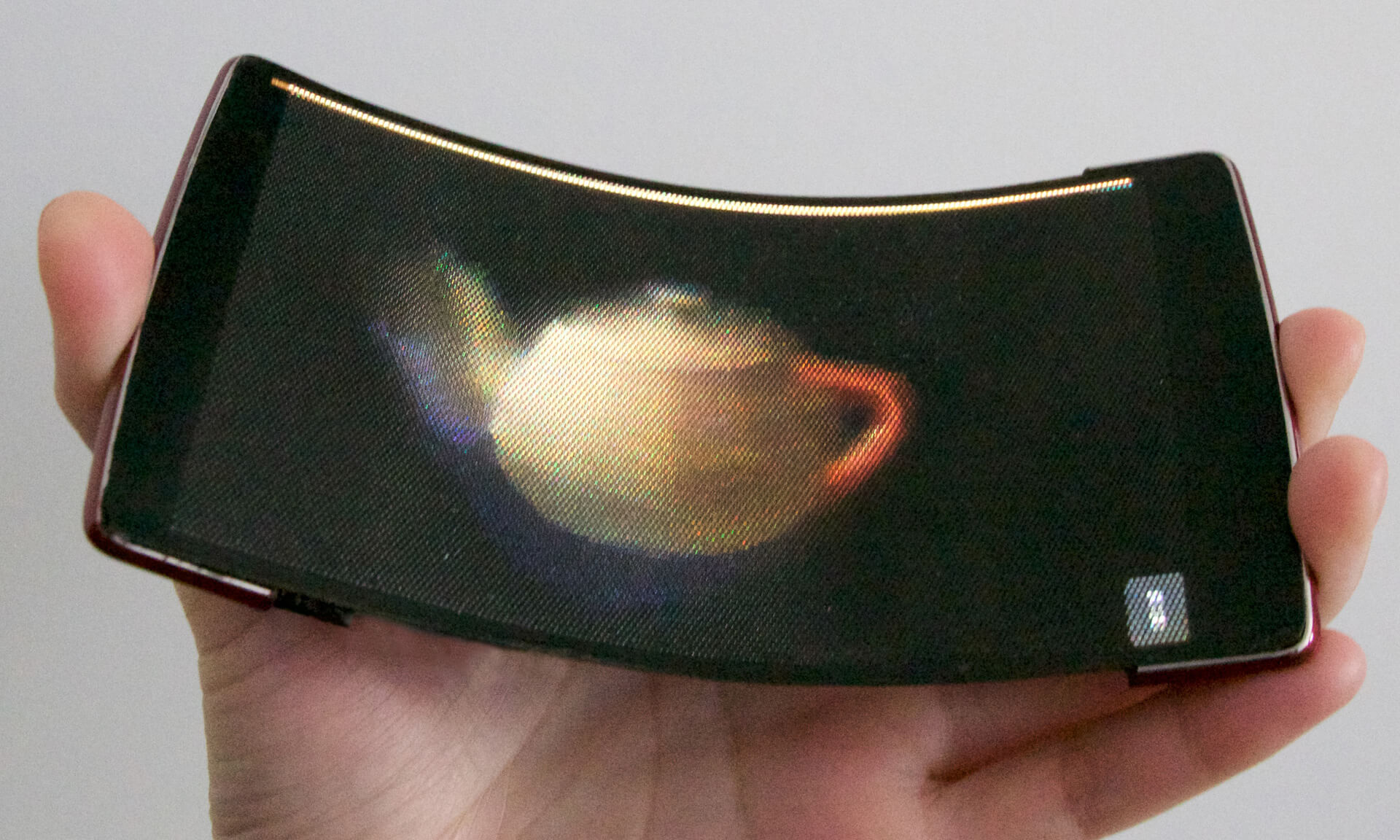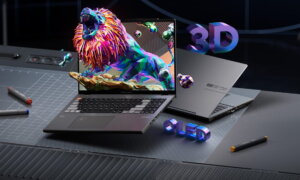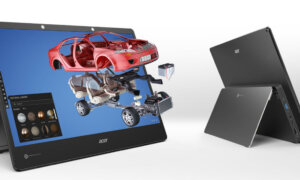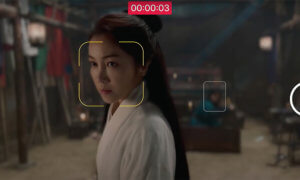Believe it or not, scientists managed to create a bendable smartphone that allows you to see and interact with objects in 3D without glasses or other accessories. It’s called HoloFlex #mobilemagic
The researchers from Human Media Lab at Queen’s University developed a flexible lightfield-enabled smartphone. In short, a holographic smartphone. The display is covered with an array of tiny lenses that disperse light. In this way, one or more users can see stereoscopic depth images with motion parallax. No need for special glasses or head tracking.
That’s sounds awesome, right? The only drawback is the loss in resolution along the way. The smartphone has a 1920×1080 Full HD FOLED touchscreen display but through it, images are rendered in 12-pixel wide circular blocks. The blocks project through the 16,000 fisheye lenses arranged in the flexible, microlens array. So, the end result is not a HD holographic image, but a 160 x 104 holographic picture.
Don’t worry – this is only a prototype. It shows what can be done with the tech. In the end, it’s up to other researchers and manufacturers to improve upon the work. Still, couple this ability with the bendable nature of the phone developed by Queen’s University and interacting in 3D becomes an adventure. Just check out how a simple game of Angry Birds changes when you’re playing on HoloFlex:
The reason is simple: the bend sensor helps you to move objects along the z-axis of the display. So, yeah, it’s a completely different thing to see the birds’ trajectory in 3D; you can evaluate your throws differently. As Dr. Vertegaal says, “HoloFlex offers a completely new way of interacting with your smartphone. ”
What do you think – is this something you’d want to see on the market in the next years?
Follow TechTheLead on Google News to get the news first.























